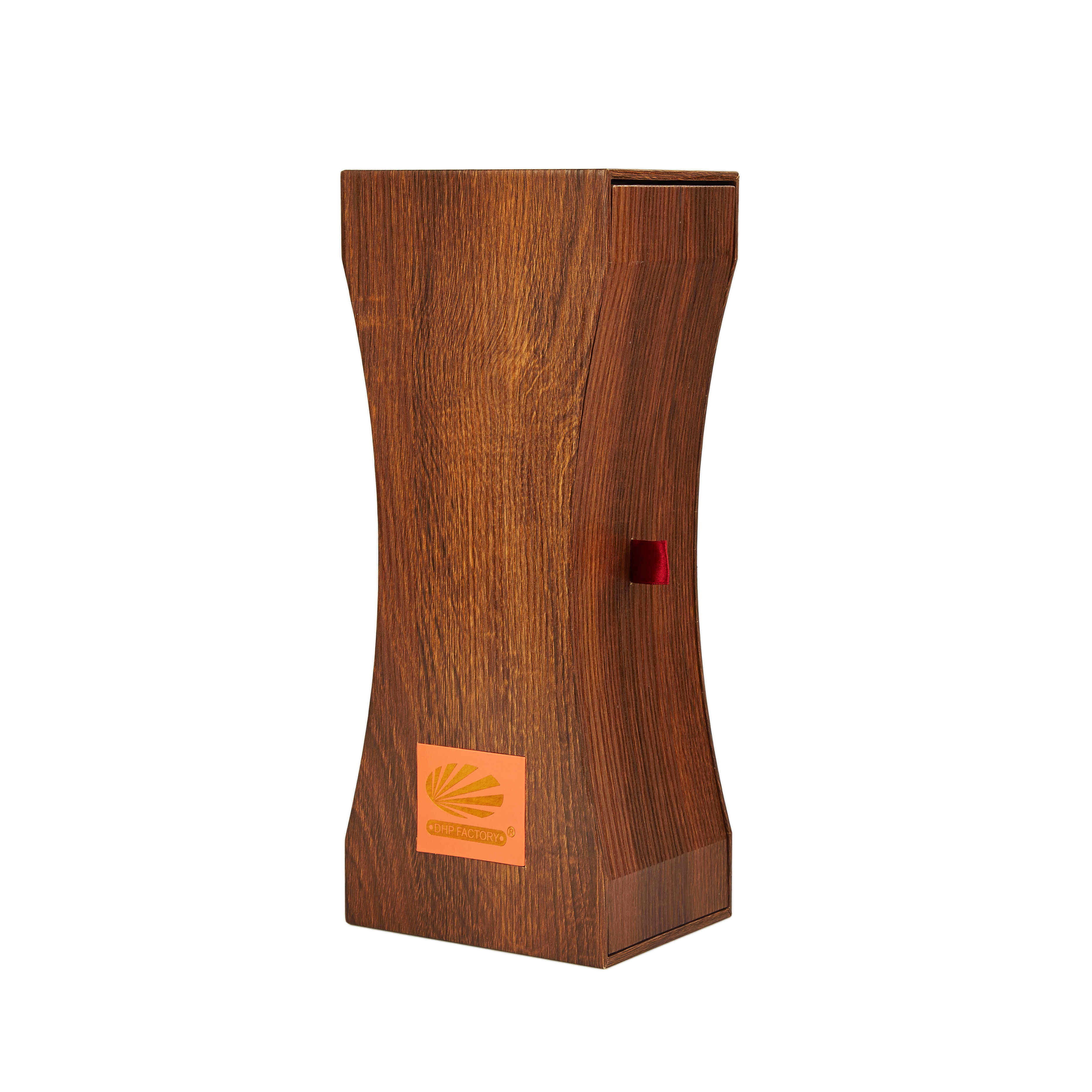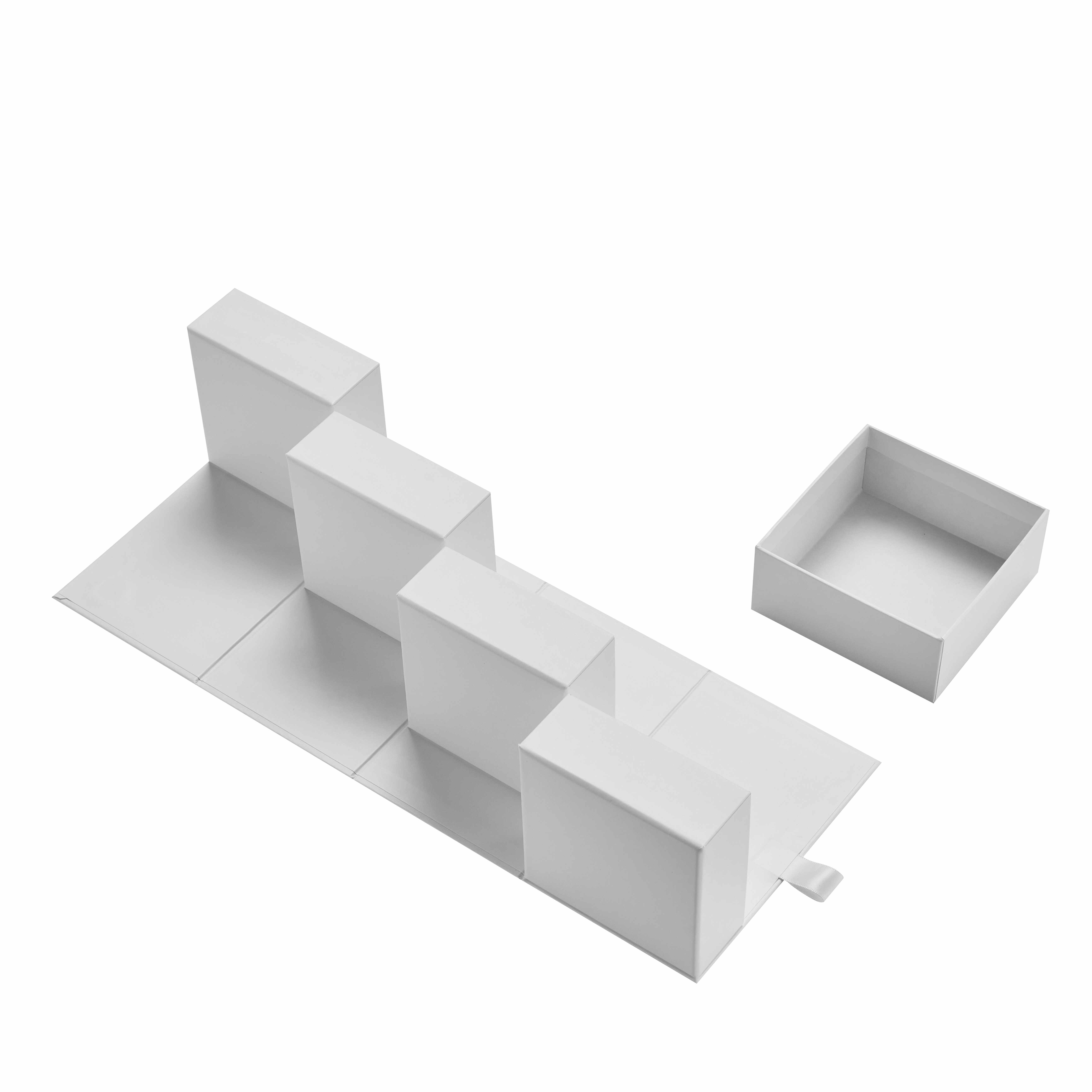The Rise of Eco-Conscious Packaging Innovation
The packaging industry is experiencing a dramatic shift as sustainable creative packaging emerges as a powerful force reshaping how brands connect with consumers. This revolutionary approach combines environmental responsibility with imaginative design, creating solutions that not only protect products but also safeguard our planet's future. As we witness the exponential growth of this trend, it's becoming clear that sustainable creative packaging is more than just a fleeting movement – it's a fundamental transformation in how businesses approach product presentation and environmental stewardship.
Consumer awareness about environmental issues has reached unprecedented levels, driving demand for packaging solutions that align with eco-friendly values. Companies are responding by developing innovative sustainable creative packaging that reduces waste, utilizes renewable materials, and maintains aesthetic appeal. This shift represents a delicate balance between functionality, visual appeal, and environmental responsibility.
Environmental Impact and Innovation
Revolutionary Materials in Modern Packaging
The sustainable creative packaging industry has witnessed remarkable advances in material science. Biodegradable polymers, mushroom-based packaging, and ocean-waste plastics are now being transformed into stunning packaging solutions. These innovations demonstrate how creativity and sustainability can work hand in hand to produce packaging that's both environmentally responsible and visually striking.
Advanced recycling technologies have enabled the development of materials that maintain their structural integrity while significantly reducing environmental impact. From seaweed-based packaging to agricultural waste composites, these revolutionary materials are setting new standards in the industry.
Carbon Footprint Reduction Strategies
Companies implementing sustainable creative packaging solutions are achieving remarkable reductions in their carbon footprint. By optimizing package designs, reducing material usage, and utilizing renewable energy in production processes, brands are making significant strides in environmental stewardship. These efforts often result in lighter weight packaging that requires less energy for transportation and storage.
The implementation of circular economy principles in packaging design has led to innovative solutions that consider the entire lifecycle of packaging materials. This holistic approach ensures that sustainable creative packaging contributes to reduced emissions at every stage, from production to disposal.
Consumer Behavior and Market Dynamics
Shifting Consumer Preferences
Modern consumers are increasingly making purchasing decisions based on environmental considerations. Sustainable creative packaging has become a key differentiator in the marketplace, with studies showing that consumers are willing to pay premium prices for products featuring eco-friendly packaging solutions. This shift in consumer behavior has created a powerful incentive for brands to invest in innovative sustainable packaging designs.
The millennial and Gen Z demographics, in particular, show strong preferences for brands that demonstrate environmental responsibility through their packaging choices. This generational shift is driving long-term changes in how companies approach package design and material selection.
Brand Value Enhancement
Companies that embrace sustainable creative packaging often experience enhanced brand value and customer loyalty. By demonstrating environmental responsibility through innovative packaging solutions, brands can build stronger connections with their target audience and differentiate themselves in crowded markets.
The storytelling potential of sustainable creative packaging allows brands to communicate their environmental commitments effectively. From QR codes linking to sustainability initiatives to packaging that transforms into useful secondary items, these innovative approaches create memorable consumer experiences.

Technical Innovations and Design Trends
Smart Packaging Integration
The intersection of technology and sustainable creative packaging has given rise to smart packaging solutions that enhance both functionality and environmental performance. These innovations include packaging with built-in freshness indicators, temperature monitoring, and authentication features, all while maintaining eco-friendly credentials.
Advanced printing techniques and sustainable inks are enabling brands to create visually stunning packaging that meets environmental standards. These developments demonstrate how technical innovation can support both creative expression and sustainability goals.
Minimalist Design Approaches
The sustainable creative packaging movement has embraced minimalist design principles that reduce material usage while maximizing visual impact. This approach focuses on essential elements, eliminating unnecessary components while maintaining product protection and brand communication.
Creative use of space and material optimization has led to packaging designs that are both aesthetically pleasing and environmentally responsible. These solutions often incorporate clever structural designs that minimize waste while enhancing user experience.
Future Outlook and Industry Trends
Emerging Technologies
The future of sustainable creative packaging looks promising with emerging technologies set to revolutionize the industry. Developments in biodegradable materials, nano-technology, and smart packaging solutions are opening new possibilities for creative and environmental innovation.
Artificial intelligence and machine learning are being employed to optimize packaging designs, predict environmental impact, and develop more efficient production processes. These technological advances are accelerating the evolution of sustainable creative packaging solutions.
Regulatory Influence
Global environmental regulations are becoming increasingly stringent, driving further innovation in sustainable creative packaging. Companies are proactively developing solutions that not only meet current requirements but anticipate future regulatory changes.
Industry collaboration and standardization efforts are helping to establish best practices and guidelines for sustainable packaging design, ensuring consistent environmental performance across different markets and applications.
Frequently Asked Questions
What makes packaging truly sustainable?
Sustainable creative packaging must meet several criteria, including the use of renewable or recycled materials, minimal environmental impact during production, efficient transportation capabilities, and end-of-life considerations such as biodegradability or recyclability. The packaging should also maintain its primary function of product protection while minimizing resource use.
How does sustainable packaging impact product costs?
While sustainable creative packaging may initially require higher investment in research and development, many companies find that long-term costs are reduced through material efficiency, improved logistics, and increased consumer willingness to pay premium prices for environmentally responsible products.
Can sustainable packaging maintain product freshness and safety?
Modern sustainable creative packaging solutions are designed to meet or exceed traditional packaging performance standards. Advances in material science and design innovation have enabled the development of eco-friendly packaging that provides excellent product protection and preservation capabilities while maintaining environmental benefits.


